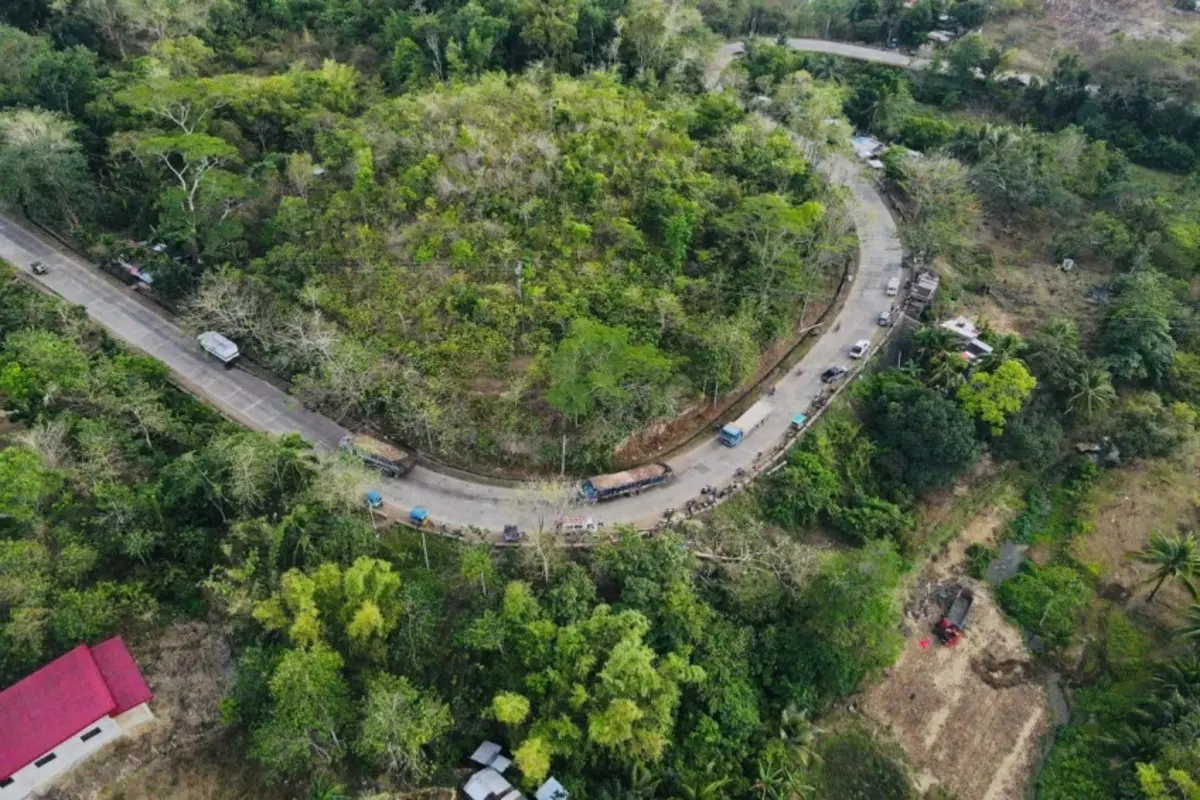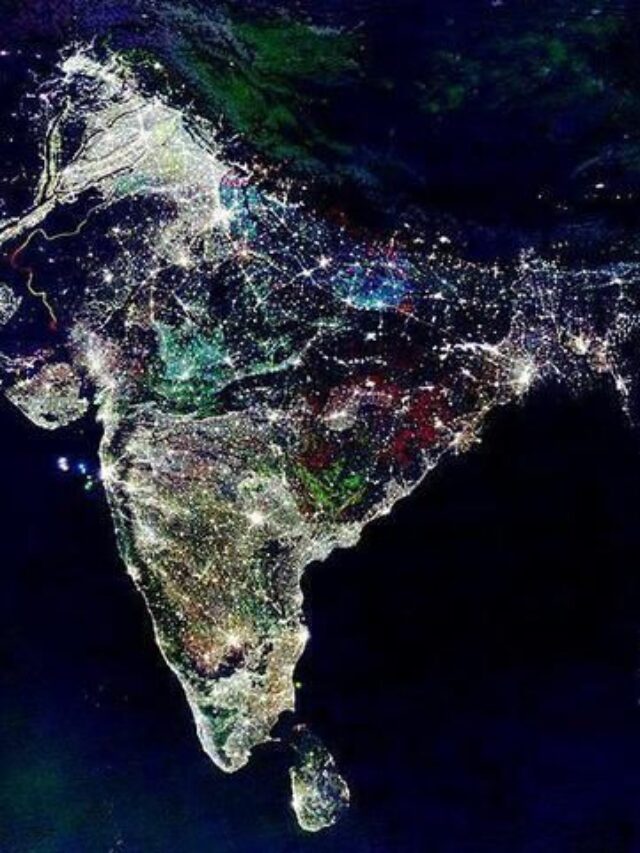
A rescue official claimed fifteen people were killed Wednesday when a truck fell down a ravine in the central Philippines.
According to the official, the vehicle was carrying passengers on their way to a livestock market on Negros Island, Michael Cabugnason.
“Witnesses said the truck went out of control towards the sharp bend of the road”, he continued, adding that the mountainous area near Mabinay was a common site of road accidents.
Only one of the 17 persons onboard survived, along with the driver.
Cabugnason said the driver was found soaking in engine oil amid the wreckage at the bottom of the ravine, at least 50 metres (164 feet) below the road.
In the Philippines, fatal road accidents are common because drivers routinely break the rules, and vehicles are generally poorly maintained or overloaded.
Also read: Sensex And Nifty Show Erratic Patterns In Early Going
To read more such news, download Bharat Express news apps






































